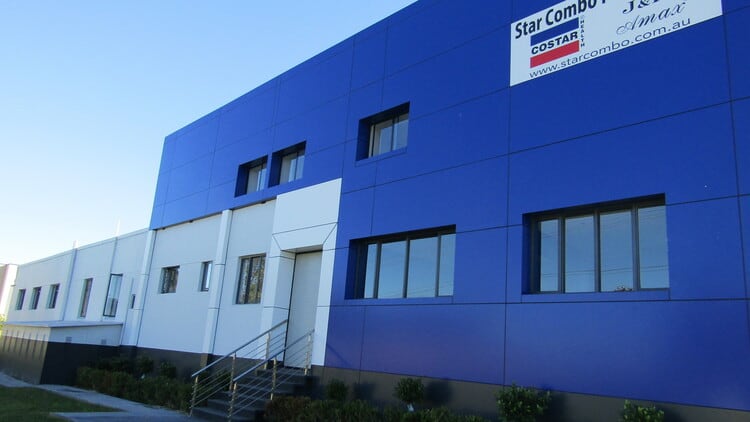These were the key takeaways from the recent Modern Slavery Industry Capability Uplift Session 2 webinar organised by Complementary Medicines Australia (CMA), which also highlighted the need for companies to improve their risk analysis by being acutely aware of the risk of harm to people.
Better Sydney founder and CEO Robin Mellon, who facilitated the webinar, kicked things off by acknowledging that there were 6,222 entities reporting under the Commonwealth Modern Slavery Act 2018 (the Act) on the Australian Government’s Online Register for Modern Slavery Statements.
The Act is the world’s first national legislation to define modern slavery to include eight clear types of exploitation.
Under the reporting requirements, large entities with over A$100 million in annual consolidated revenue must prepare annual Modern Slavery Statements that explain what they are doing to assess and address modern slavery risks in their global operations and supply chains.
As part of the 17 UN Sustainable Development Goals, the international community has committed to ending modern slavery by 2030 and this year, there will be a review of the Act.
Mellon said he was “pleasantly surprised” by the number of entities reporting under the Act, as he had expected to see only half as many entities covered by Modern Slavery Statements on the register.
Quadrilateral discussion
The webinar focused on four main discussion points: risk assessment, grievance mechanisms, incident protocols, and education and awareness.
In the area of risk assessment, a recent report by Australia’s Human Rights Law Centre (HRLC) found that 52% of food companies sourcing Australian horticultural produce fail to identify this as a sector with high modern slavery risks.
Among those attending the webinar, 55% said their organisations had yet to implement a grievance mechanism for staff to voice concerns on modern slavery, 33% had an internal mechanism, and 11% had a mechanism for employees as well as everyone across their supply chain.
At the same time, 67% of the attendees said their organisations did not have a protocol for actions taken in the event of modern slavery being reported and 22% said their protocol was “developed and widely communicated”. 6% said their protocol had been developed but not yet approved and the remaining 6% had developed and approved such a protocol but not yet communicated it.
Finally, 44% of the attendees said their organisations had yet to undertake education and awareness initiatives for their staff and suppliers, while 28% said they had begun educating staff. 17% had started educating staff and direct (Tier 1) suppliers, and the remaining 11% had begun educating everyone involved in their supply chains.
Setting an example against slavery
One of the speakers at the webinar was Blackmores’ Head of Sustainability, Sally Townsend. She presented a case study detailing the company’s progress since last year’s CMA workshop on modern slavery, particularly in understanding risk areas, adapting annual targets to show continuous improvement, and working with suppliers to address corrective and preventive actions.
Townsend said one of the main lessons learnt was that addressing human rights issues and sustainability risks was “best done as a group effort”, adding that when Blackmores conducted training, it included everyone in the supply chain.
She said, “Last year, we used the number of risk assessments to determine whether or not we had met our goals. This year, we are going by how we are acting upon those assessments.
“One thing we learnt was as far as what to do when you find an area of concern, it’s not always black and white. Even when we run things by very qualified human rights experts, they may scratch their heads, too.
“Suppliers may convince you that workers are happy and choose to work long hours because it means they make more money. (The issue is) how do we make sure they aren’t just being paid fairly but also aren’t being coerced, that their welfare is being covered?”
She further said that when assessing corrective actions, one would need to consider what changes you’re asking for, how they can be made, and whether or not there may be any unintended consequences of making these changes.
“For instance, if workers are being paid in cash instead of electronically, red flags may be raised. But sometimes, the workers live in rural areas and do not have access to electronic banking, so ordering suppliers to switch to electronic payments would affect those workers.”
She concluded that having these discussions with suppliers had led to a deeper relationship with them, and that Blackmores was looking forward to continuing on this path.





